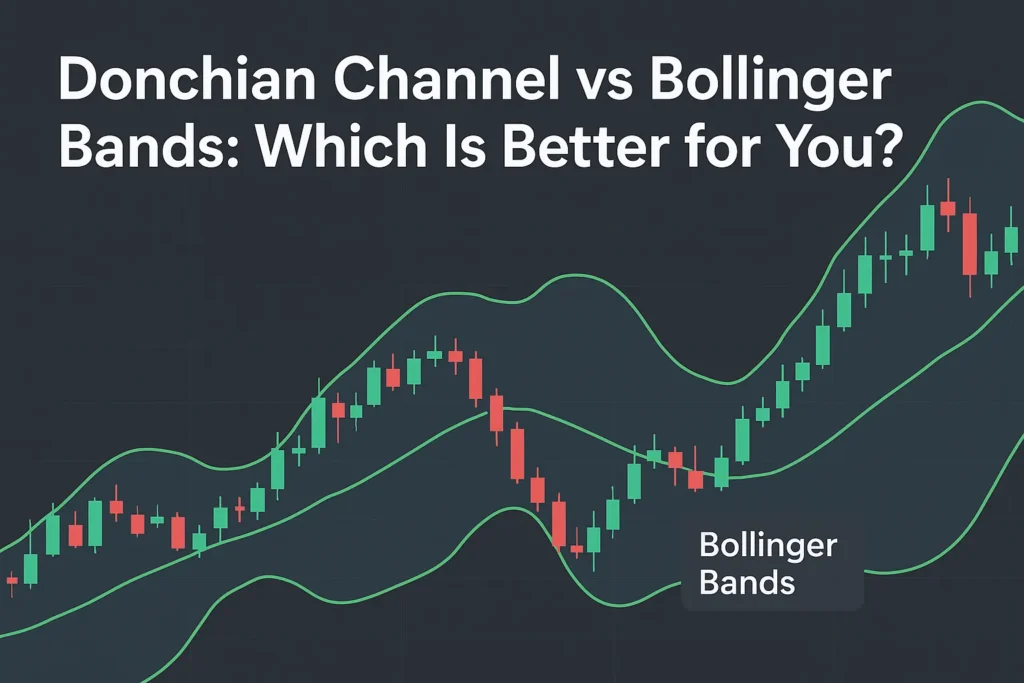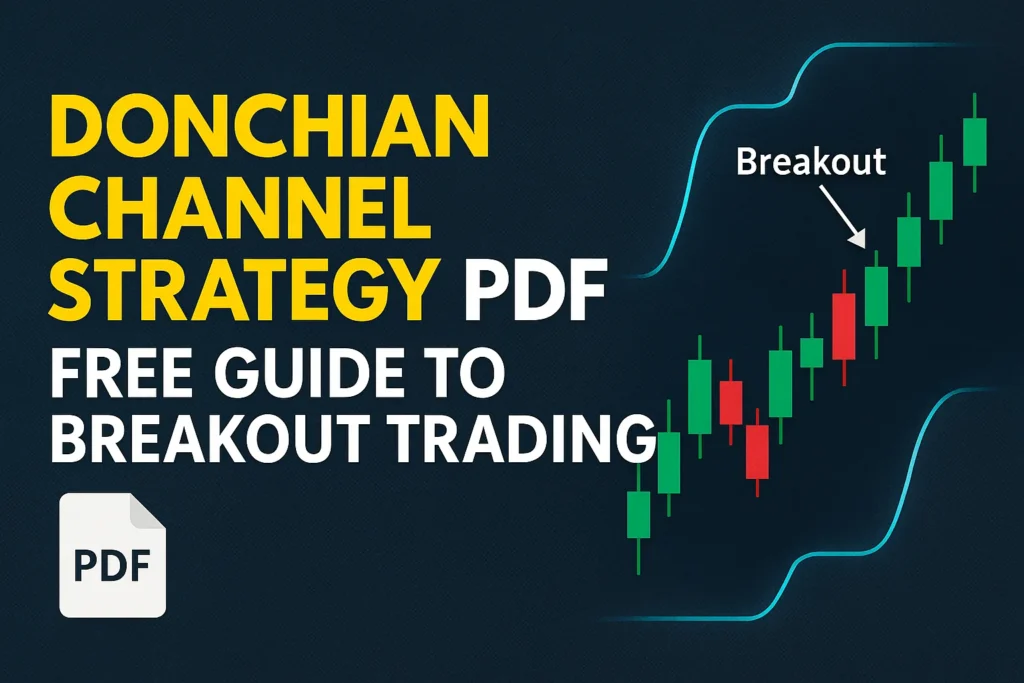How Accurate Is the Donchian Channel? A Data-Driven Look
The Donchian Channel is a widely used tool for detecting breakouts and following trends. But how accurate is it really? Can it consistently deliver profitable signals—or is it prone to false breakouts and whipsaws?
In this blog, we take a closer look at the accuracy of the Donchian Channel, when it performs best, and how to increase its reliability in real trading scenarios.
What Does “Accuracy” Mean in Trading Indicators?
In the context of trading, accuracy refers to how often a signal results in a profitable outcome. For breakout indicators like the Donchian Channel, this means:
- A breakout leads to a sustained trend
- A false breakout is quickly reversed, causing a loss
No indicator is 100% accurate—but the goal is to maximize win rate and risk-reward ratio over time.
When Is the Donchian Channel Most Accurate?
- In Strong Trending Markets
– The Donchian Channel works best when price is moving with momentum.
– It helps you enter early and ride trends. - During High Volatility Phases
– Breakouts during low volatility often fail.
– Accuracy improves when paired with volume or ATR filters. - On Higher Timeframes (4H, Daily)
– These reduce noise and offer more reliable breakout signals.
When Accuracy Drops
- Choppy or sideways markets: Frequent false breakouts
- Low-volume sessions: Lack of conviction behind price moves
- Short timeframes (1-min, 5-min): Too much noise
In these cases, the Donchian Channel may give multiple losing signals.
Realistic Expectations: What Accuracy Rate to Expect?
Depending on your market and setup:
- Accuracy (win rate): Typically between 40% to 60%
- Risk-Reward Ratio: Target 2:1 or higher
Even with a 45% win rate, you can be profitable if your wins are larger than losses.
How to Improve Donchian Channel Accuracy
- Use Volume Filters
– Trade only when breakouts occur with increased volume - Add Trend Filters (e.g., 50 EMA)
– Only take long signals in uptrends and shorts in downtrends - Combine with RSI or MACD
– Avoid overbought or oversold conditions before entering - Avoid Low Volatility Zones
– Use Bollinger Band Squeeze or ATR to detect low-risk setups
Backtesting the Indicator
Before relying on the Donchian Channel, it’s essential to backtest your chosen setup:
- Platforms: TradingView, MT4, Thinkorswim
- Timeframes: Test multiple (15M, 1H, Daily)
- Metrics: Track win rate, drawdown, and average return
Conclusion
The Donchian Channel’s accuracy depends on market conditions, timeframe, and how it’s used. On its own, it may deliver mixed results—but when combined with smart filters and risk management, it becomes a powerful part of any trader’s toolkit.
Don’t expect perfection. Instead, focus on consistency, trend quality, and disciplined execution.
FAQs
Q1: Can Donchian Channels be 100% accurate?
No. Like any indicator, they can’t predict future price perfectly.
Q2: What timeframe gives the best accuracy?
Higher timeframes like 4H or Daily reduce noise and false signals.
Q3: Does accuracy improve with filters?
Yes. Trend and volume filters significantly reduce bad signals.
Q4: Is this a good indicator for beginners?
Yes. It’s easy to understand and a great starting point for learning breakout strategies.
Q5: How do I measure my own accuracy with this tool?
Use backtesting or forward test in demo accounts to track win/loss data.




